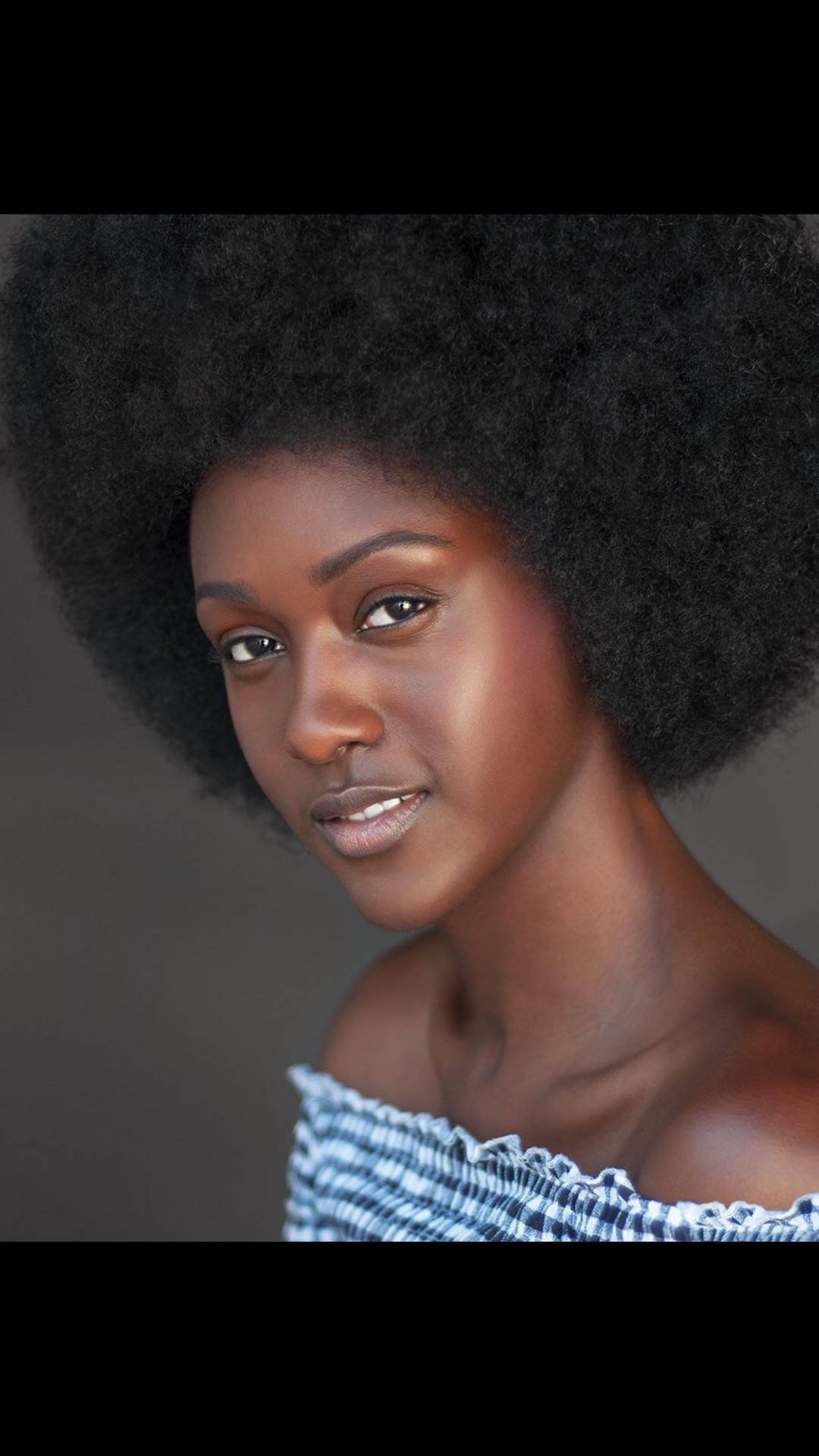What are the different types of modeling?
Types of Modeling
When people think of models, they often picture high-fashion models on European runways or in high-end magazines like Vogue. However, modeling encompasses a variety of categories. Knowing where you fit is key to success. Your body type often determines the modeling jobs available to you, though there are always exceptions to the norm. While breaking stereotypes is possible, being realistic about your strengths will increase your chances of success and reduce rejection.
Below are some of the most popular categories in modeling:
High Fashion
Tall and lean models who grace the runways and editorials for the leading fashion houses and designers, are the high fashion models. They are generally required to be between 172cm to 180cm (5”8 to 5”11), with a dress size of 0-6 US, with a typical bust size of 34. The typical age range for women is between 14 to 28.
For men the age range is more flexible, and they can start from the age of 16 until their late 40’s. They need to be between 180cm to 190cm (5”11 to 6”3), with an excellent physique and a chest size of 94cm to 106cm (37” to 42”) and 76cm to 81cm (30” to 32”) waist. Guys tend to have longer careers if they take good care of their body and skin.
Editorial Print
This is modeling for magazine editorials and covers such as Vogue, Elle etc. The standard requirements for these models are similar to those in High Fashion and you must be photogenic with stunning, unique, or striking features. Quite often the same models will work in both Editorial Print and High Fashion.
Commercial Print
This is an underrated and under appreciated form of modeling that gives models an opportunity to make a lot of money in print advertising. This can range from advertising in magazines to products on supermarket shelves to billboards.
Catalogue Modeling
Ever shopped online for clothes?
The models showcasing the clothing or products are called Catalogue models. Here you will find many great opportunities for different model types, as the model is chosen to represent the target audience of the different companies. This type of modeling is very lucrative and gives models a lot of exposure.
Fitness Modeling
Fitness modeling is another lucrative category that gives models the opportunity to work for brands in fitness apparels, vitamin/supplements, food, nutrition, gym, swim wear, fitness apparel, exercise equipment, sports ad, and more. This type of modeling requires a lot of time at the gym since these models must have fit body types with high muscle mass and low body fat percentages.
Plus Size Modeling
Modeling for the larger body type, this type of modeling is on the increase and a relatively new category. If you’re confident, with great facial features and you are between the sizes of 12-16 US then this could be for you. More and more advertisers like asos.com are using plus size models to appeal to a broader demographic. As a Plus Size model you will still need to have great skin, teeth and hair and have that “something special” about you.
Petite Modeling
Petite modeling is an emerging industry that doesn’t have the strict height requirements of fashion modeling. Petite models are usually 5’0 – 5’8 with a 0-2 dress size. Petite models get a lot of work in commercial modeling and often do catalogue modeling for brands that carry petite sizes.
Lifestyle Modeling
Lifestyle models are attractive people who model everyday clothes while doing daily activities. Often times lifestyle models promote a service, not an actual product. For instance, a company like Uber might use lifestyle models on their website to show how everyday people could use the service.
Influencer Modeling
Influencer models are attractive everyday people with at least 25K followers on any one platform. Other than having a lot of followers, and taking great pictures, there are no requirements to be an influencer. Once you have enough followers you can sign up for influencer platforms like famebit.com, aspireiq.com, or influence.co as a creator and you’ll be able to connect with brands and start working on campaigns.
Runway Model
Runway models, also known as catwalk models, walk the catwalk during fashion shows, displaying curated ensembles for audiences that set the current tone or upcoming trends for the fashion world. Popular runways appear at New York, Paris, and Milan Fashion Weeks.
Model Management vs. Model Agency Representation: What’s the Difference?
Model Management vs. Model Agency Representation: What’s the Difference?
At LRG Model Agency, we understand that the terms “model management” and “model agency representation” can be confusing, especially for new talent. Below is a simple guide to help explain the key differences between the two:
1. Model Management: A Holistic Approach
Model management provides a more comprehensive, hands-on approach to your career. A manager acts as a mentor, guiding your development and overseeing every aspect of your career. This includes:
•Career Strategy: Creating a long-term plan for your success in the industry.
•Brand Development: Helping you establish a personal brand and marketing strategy.
•Day-to-Day Support: Offering advice on industry choices, image, and career growth.
•Portfolio Building: Assisting in creating and curating your portfolio for maximum visibility.
•Personal Development: Working with you to build confidence, improve runway techniques, and navigate challenges.
Managers tend to work closely with you over time, often across multiple agencies and projects, ensuring that your career progresses smoothly and strategically.
2. Model Agency Representation: Specific Jobs and Contracts
A model agency focuses on securing work opportunities and representing you for specific jobs. This includes:
•Casting and Bookings: Arranging auditions, jobs, and casting calls on your behalf.
•Contract Negotiation: Negotiating contracts and rates for the jobs they book you for.
•Job Matching: Finding jobs that fit your look, talent, and experience.
•Industry Connections: Leveraging relationships with brands, photographers, and casting directors to secure high-visibility work.
•Job-Specific Representation: Agencies may represent you for a specific period or on a per-job basis.
While agents work to get you booked, they may not be as involved in your day-to-day career strategy or personal development like a manager would be.
3. Key Differences:
•Scope: Management oversees your entire career, while an agency focuses on finding you work.
•Relationship: Management is more personalized, with a closer, long-term relationship. Agencies often represent a larger roster of models.
•Responsibility: Managers assist with overall career direction, while agencies focus on bookings and job placements.
4. Do I Need Both?
Many models work with both an agency and a manager to achieve the best results. While an agency can help you land jobs, a manager provides the day-to-day support and career guidance needed to ensure long-term success.
FAQs:
1.Can I have both a manager and an agent?
•Yes, many models choose to work with both. A manager can oversee your long-term career, while an agency helps secure immediate work opportunities.
2.Do I need a manager right away?
•Not necessarily. If you’re just starting out, an agency may be enough. As your career progresses, a manager may become important to help guide larger career moves.
3.How does compensation work?
•Managers usually take a percentage of your overall earnings (typically 10-20%), while agencies take a commission from the jobs they book for you (usually 15-20%).
4.Who should I approach first?
•If you’re new to modeling, starting with an agency is common. They can help you build experience and secure initial work, after which you might consider bringing on a manager.
By understanding the difference between management and agency representation, you can make an informed decision about what’s best for your career at this stage. Both are important for different reasons, and we’re here to help guide you as you take the next steps!
So what are the differences between model managers and model agents?
A model managers job includes FINDING THE MODEL “scouting”, introduction and guidance of the model to the model business, development of the model including the initial models preparation, such as walking classes, professional audition seminars, portfolio or digital photos to be introduced to partner model agents, magazines, media, fashion show producers, clients, and public relations companies, and helps to make a career plan and keep the model on a path toward success. This is a service THE MODEL PAYS for, it is not paid for by the Model Management.
Managers are not regulated nor are they required to have a license.
Models need a model agent to supply job opportunities. A model agent is able to provide a model with auditions they would not otherwise know about. Without the appropriate modeling auditions a models career will go nowhere. The Model Agency/Agent is responsible for getting the models PAID BOOKINGS/JOBS.
Most companies prefer to work models that are represented. If there is a conflict with a Model and they are an independent, there is no one to call, if they are with the Management or Agency, they have someone to contact about the models behavior.
The differences between a model agent and a model manager is; the model management is to GUIDE YOUR CAREER, the model agency/agent is to BOOK YOU FOR JOBS.


